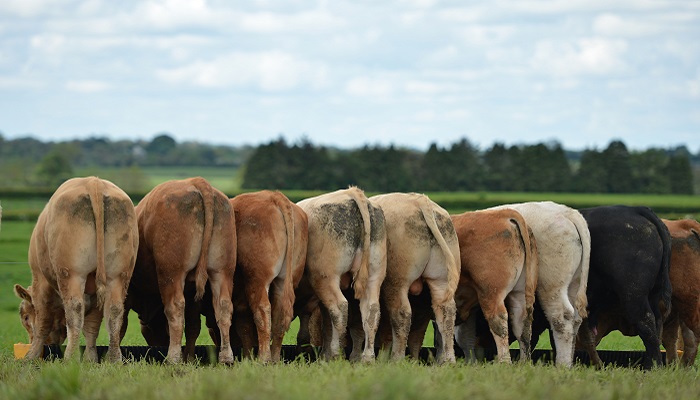19 October 2023
What should you do when you get the IBR test results?

By participating in the National Beef Welfare Scheme, herd owners will avail of funding to investigate the IBR status of their own herds, providing information to better manage risk, improve biosecurity and inform decisions on vaccination at herd level.
IBR is a highly infectious disease of cattle, which is associated with the bovine respiratory disease complex. Infected animals recover but become carriers and, despite appearing healthy, may start shedding virus when under stress (transport, calving, mixing of animals etc).
It is estimated that approximately 75% of Irish herds contain animals that have been exposed to IBR and are carriers. In addition to the impact on health and productivity, it also affects the trade of animals, semen and embryos. Bulls with antibodies to IBR (including those due to vaccination) are prohibited from entering semen collection centres.
Test results
As the Department of Agriculture, Food and the Marine hope to make payments for the National Beef Welfare Scheme before the end of 2023, IBR testing will have to be undertaken by November 1st. Some farmers have already submitted tests through their vet and have received results from the testing scheme.
All results should be discussed with your veterinary practitioner. If either none or only one animal is positive to IBR, the proportion of infected animals within the herd (the within herd prevalence) is estimated to be between 0-15%. At this low prevalence, screening of the whole herd to identify and remove any carriers present is justified where herd freedom is the target.
These herds should review their biosecurity to minimise the risk of introducing the disease (for example when introducing animals) and consider introducing/extending/maintaining vaccination, as agreed with their vet, to the whole herd to reduce the impact from a reintroduction of the virus.
If more than two seropositive animals are identified, the likely within herd prevalence is greater than 15%.
Provided that the animals have been randomly selected, the results also allow you to estimate the overall prevalence of infected animals in the herd. In these herds, identification and removal of all carriers is unlikely to be feasible in the short term, and therefore other control measures are required.
It is recommended that these herds apply IBR vaccination as agreed with their vet to the whole herd as one of the measures to control IBR on farm. The vaccine makes it less likely that a carrier will reactivate and shed the virus, and less likely that a naïve animal will become ill and spread the virus after exposure.
Over time, with appropriate biosecurity measures, the prevalence should decrease as carrier animals leave the herd and are replaced by uninfected animals. More information and resources on IBR are available on the Animal Health Ireland website.
This article by Aidan Murray, Teagasc Beef Specialist, and Maria Guelbenzu, Animal Health Ireland, was adapted from an article titled: Getting the most from the National Beef Welfare Scheme, which first appeared in the September/October edition of Today’s Farm.
Also read: All you need to know about the new National Beef Welfare Scheme
